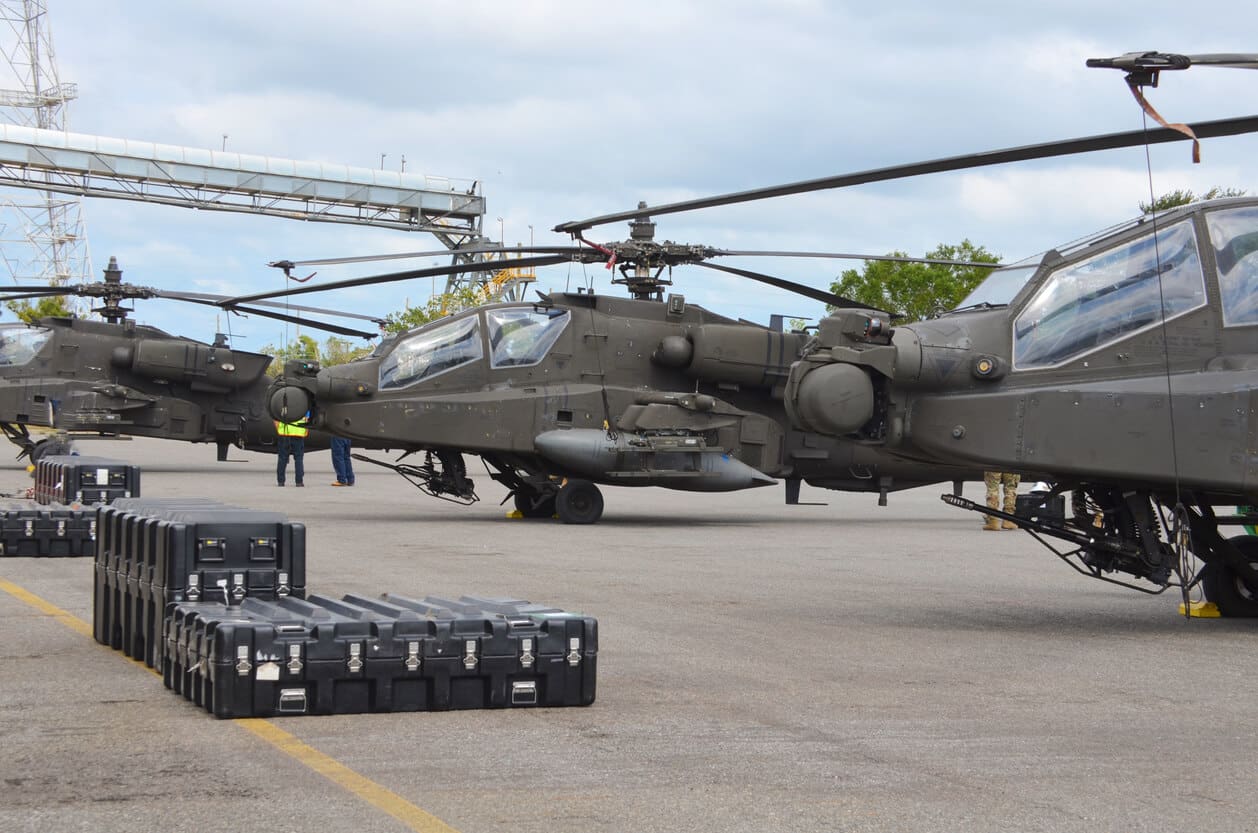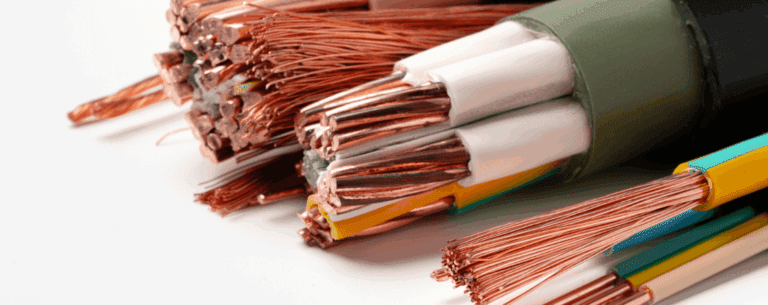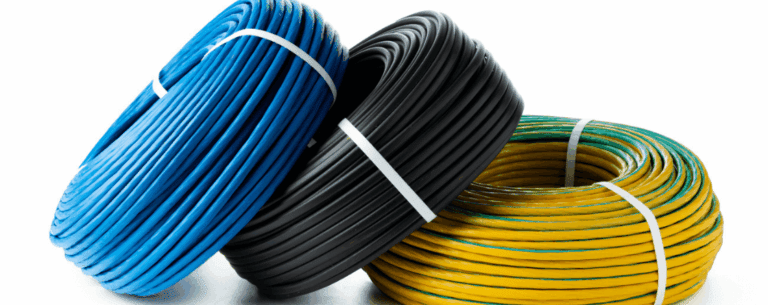
Common Industries That Rely on Cable Assembly Manufacturers
Keeping complex systems online takes more than parts and datasheets. It takes cable assembly manufacturers...
Read More
Supply chains have faced many challenges over the past few years. For defence supply chains there have been a number of unusual factors, from the war in Ukraine to the impact of COVID-19, which showed just how fragile some supply chains really are. The Defence Supply Chain Overview is designed to be a response to these challenges, outlining ways in which the industry can respond.
The Defence Supply Chain Overview has changed a lot in terms of outlooks following the problems that have beset supply chains for defence organisations (and their partners) in recent years. The fresh focus on resilience comes from the learning that all have had to do in the wake of the problems that have occurred. Ultimately, the goal of the Defence Supply Chain Overview is to support the general aim to ensure that both forces and equipment are ready to confront threats and deploy quickly wherever required.

Keeping complex systems online takes more than parts and datasheets. It takes cable assembly manufacturers...
Read More
Keeping critical infrastructure online and mission systems ready needs more than components. It requires domestic...
Read More
Selecting a cable supplier is an engineering decision. Experienced engineers know that reliable UK cable...
Read MoreReady to talk cables, fibre or full network solutions? Get in touch with our team today, we’re here to help.